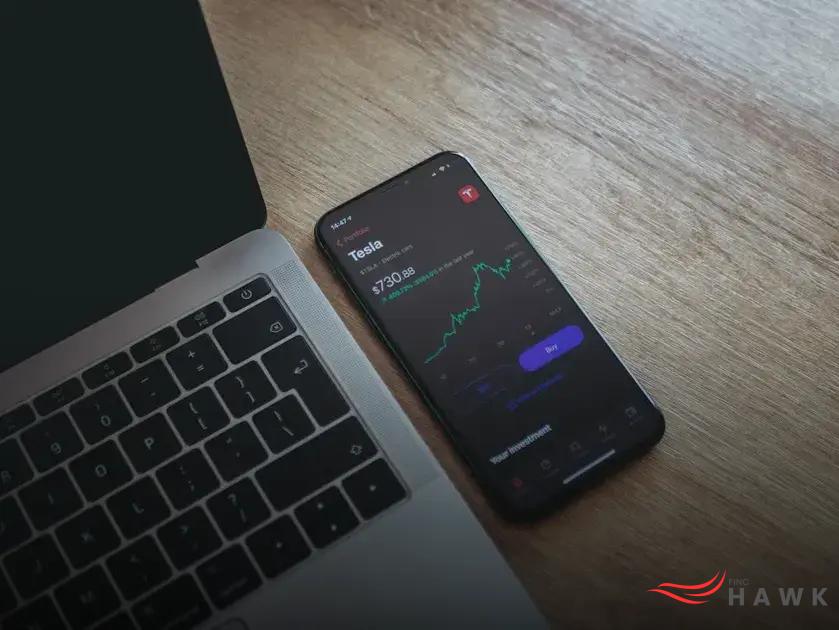Is YouTube still a viable platform for creators aiming to make money in 2023? With evolving algorithms and increasing competition, understanding YouTube’s revenue model is essential. This blog will explore the challenges faced by modern YouTubers and highlight the importance of audience engagement. Alongside, we will discuss effective strategies for monetizing your YouTube channel. Dive in to discover how you can maximize your earnings and stay ahead in the ever-changing landscape of online video content creation.
Understanding YouTube’s Revenue Model
The foundation of YouTube’s revenue model primarily lies in advertising. Video creators can monetize their content through AdSense, allowing ads to be displayed on their videos. These ads can range from display ads and overlay ads to skippable and non-skippable video ads. Monetization is crucial for creators aiming to profit, and understanding YouTube’s revenue shield is essential.
YouTube also offers a Partner Program where creators can earn from YouTube Premium subscribers watching their content. This program has specific eligibility criteria, including a minimum of 1,000 subscribers and 4,000 watch hours in the past year. Advertisers bid for ad spots, and creators earn a percentage of the advertising revenue through a CPM (Cost Per Mille) model, which refers to the amount of money earned per 1,000 views.
Another intriguing component of YouTube’s revenue model is Super Chats and Channel Memberships. These features allow subscribers to pay directly for emphasized chats during live streams or get exclusive content. Additionally, merchandise sales linked within videos provide alternative revenue streams. Each aspect of YouTube’s revenue model requires understanding to maximize earning potential effectively.
Challenges Faced by Modern YouTubers

YouTube has grown significantly over the years, but with this growth comes a set of new challenges for modern YouTubers. Competition is one of the biggest hurdles, as millions of creators upload content regularly, creating a saturated market. Standing out requires not just creativity, but strategic planning and audience understanding.
Another challenge is the frequent changes in YouTube’s algorithm, which can affect visibility and revenue streams overnight. Creators must constantly adapt their strategies to keep up with these shifts. This includes optimizing content for discoverability, understanding keywords, and staying updated on policy changes.
Monetization transparency is also an issue. YouTube has made efforts to clarify its monetization rules, but demonetization and the misunderstanding of content guidelines can still lead to unpredictable income fluctuations. Many YouTubers have to rely on multiple income sources, from sponsorships to merchandise, to maintain steady revenue.
Lastly, dealing with online toxicity and negative comments can be psychologically taxing. Modern YouTubers often require a thick skin and the ability to engage with their audience positively, something that directly impacts their channel’s growth and community feel. The importance of building a supportive community cannot be underestimated.
The Importance of Audience Engagement
Engaging your audience is a crucial factor when considering whether YouTube is still a viable platform for earning money in 2023. Strong engagement leads to higher video watch time, increased subscriber count, and more interactions in the form of comments and likes. But how does this engagement directly affect a creator’s income?
It is essential to understand that YouTube’s algorithm rewards videos that maintain viewer interest. Videos with higher engagement rates are more likely to appear in search results and recommendations, thereby reaching a wider audience. This increased visibility can lead to more views, more ads being watched, and therefore, more revenue from Google’s AdSense.
Moreover, engagement helps in building a loyal subscriber base. Subscribers who are actively engaged return for future content, increasing the chances of them supporting the channel directly through methods like channel memberships or Super Chats during live streams. Loyal audiences might also be more open to purchasing merchandise or using affiliate links provided by the YouTuber.
Creators should therefore prioritize building a community around their channel. Engaging directly with the audience through comments or social media platforms helps in creating a personal connection, turning viewers into fans and contributors to long-term success. This strategy not only helps in monetizing the channel efficiently but also ensures its sustainability in the ever-evolving landscape of YouTube monetization.
Strategies for Monetizing Your YouTube Channel

Monetizing your YouTube channel efficiently requires a multi-faceted approach that utilizes various revenue streams. First and foremost, one common method is joining the YouTube Partner Program (YPP). This allows creators to earn a share of the ad revenue generated from ads displayed on their videos. To be eligible, ensure your channel meets YouTube’s requirements, such as having a minimum of 1,000 subscribers and 4,000 watch hours in the past year.
Once in the YPP, you can explore channel memberships. This option lets subscribers pay a monthly fee in exchange for perks, badges, or exclusive content. Creating meaningful and engaging content that resonates with your audience is crucial to motivate them to become paying members.
Don’t overlook the potential of merchandise sales. Platforms like Teespring or Spreadshop can be integrated into your channel, offering your audience branded apparel or products. This not only helps monetize but also strengthens your brand identity.
Sponsorships and Brand Deals
Engaging with brands for sponsorships or collaboration can be highly lucrative. To attract sponsorships, it’s essential to maintain a consistent uploading schedule and focus on building a loyal and engaged audience. Brands often prioritize creators who can influence their subscriber base effectively, so showcasing your audience demographics can be appealing to potential partners.
Additionally, consider crowdfunding platforms such as Patreon. These platforms allow fans to support creators financially in exchange for different tiers of rewards or exclusive content. It’s vital to provide value to your patrons, whether through behind-the-scenes access, early releases, or personalized content.
Lastly, diversify your income by creating digital products or services that complement your channel’s niche. Whether through online courses, e-books, or tutorials, these offerings can provide a steady stream of income and enhance your connection with the audience.





